
John Wright is an Australian wildlife photographer and bird guide based in Kyushu, Japan. John became seriously engaged in nature photography while living in Japan and then Thailand. He returned to Japan in 2008 and has since concentrated on wildlife photography, especially birds. John visits Southeast Asia and Australia regularly, but usually travels within the Japanese archipelago, where he also guides visiting birders and wildlife photography enthusiasts.
The Japanese Reed Bunting (aka Ochre-rumped Bunting) is one of three "reed buntings" that occur in Japan. It is, however, the most distinctive and colorful of the three species, and also the most restricted in range and habitat. This species only breeds in a few locations in Japan, Korea, northeast China and southeast Russia. It is classified as Near Threatened (NT) due to continued habitat loss, particularly on the Asian mainland.
15 Photos
The Siberian Crane has two distinct breeding populations, one in central Russia and the other in Eastern Russia. Both populations are in dramatic decline, with the western one almost extinct and the eastern one critically endangered due to the destruction of its wintering grounds. However, if the cranes are able to relocated to different, safer wintering grounds they may yet avoid extinction and begin to rebuild their population.
7 Photos
One of the largest owls in the world, Blakiston's Fish Owl is also one of the most restricted in range. It is endangered due to habitat loss and particularly the loss of suitably sized trees for breeding. Also, the continued construction of dams across its range deprives it of fish, as this species prefers shallow, fast flowing streams where native trout are easy to catch.
5 Photos
The Steller's Sea Eagle is one of the largest eagles in the world and is threatened by habitat loss, over fishing and poisoning. They occur only in the Russian Far East but migrate south a little in winter when the sea ice makes fishing impossible farther north. In winter they can occur in Japan, China and Korea.
2 Photos
The beautiful Yellow-breasted Bunting has a wide range across northern Europe and Asia, but the entire population winters in a relatively small region of northern India, Nepal, Burma, Thailand, southern China and Indo-china. In this region it is subject to hunting and trapping, hence its vulnerable status.
1 Photos
This distinctive shorebird is facing quite a dire future due to its small population, restricted range and threats to both its breeding and feeding grounds. This species needs coastal wetlands both for breeding and for feeding, and this type of habitat is being destroyed quickly throughout its range. Its plight is similar to the one faced by the Spoon-billed Sandpiper.
1 Photos
Although the population of this lovely duck is quite large, it faces considerable threat from hunting throughout its range, particularly in China. It breeds in the Russian Far East, extreme north Mongolia, China and Korea, and also in the northern half of Japan. It winters south to southern Japan, China and northern Thailand, Laos and Vietnam across to northern India and the southern Himalayan foothills.
2 Photos
This lovely little waxwing is distinguished from the more common and range-overlapping Bohemian Waxwing chiefly by the red-tipped tail (Bohemian is yellow-tipped). It is a poorly researched and studied species, as it occupies only a very narrow range. It breeds only in the southern Russian Far East, and winters in Japan, Korea, China and the norther part of Taiwan. Its threatened status is due to its seemingly small population and restricted range.
1 Photos
The Japanese (or Black) Wood Pigeon is a species that only inhabits offshore islands or rocky forested headlands. It is usually very shy and keeps to dark forests. There are several subspecies, some of which are critically endangered. They are quite susceptible to any kind of disturbance and also pressures from other pigeons and doves that compete in their niche.
3 Photos
This small warbler has a very small population that only breeds on a few small islands off the coast of Japan. In winter they migrate across to some areas of mainland Japan and south to Taiwan and the northern Philippines. As their breeding grounds are so restricted, this species is vulnerable to any predation or disturbance to those few, small islands.
2 Photos
This species has been uplisted to Endangered as new information suggests it is undergoing a very rapid population decline which is suspected to have been primarily driven by habitat loss and deterioration in the Yellow Sea region. Further proposed reclamation projects are predicted to cause additional declines in the future
2 Photos
The Asian Dowitcher is the largest dowitcher in Asia and is facing threats due to habitat loss, pollution and climate change across its narrow range but particularly in its wintering grounds. They breed in eastern Russia as well as northern Mongolia and China. They migrate along the East Asian coast to wintering grounds in southeast Asia, with some traveling all the way to the northern coast of Australia.
1 Photos
The Japanese Night Heron is extremely secretive and effectively breeds only in southern Japan. It winters south to the Philippines, where it is easily confused with Malayan Night Heron, which looks very similar, has the same habitat and characteristics. There are only 600 - 1700 birds remaining, and the population is continuing to decline due to habitat loss.
4 Photos


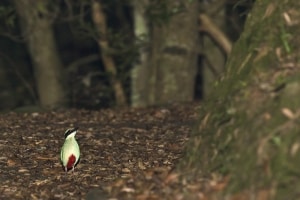
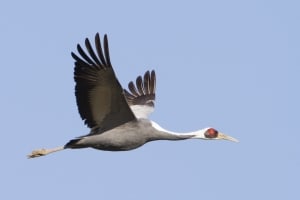
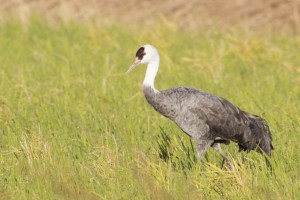
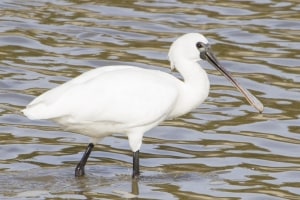
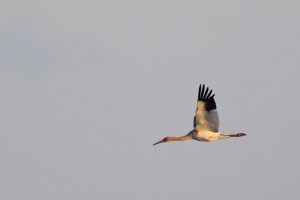

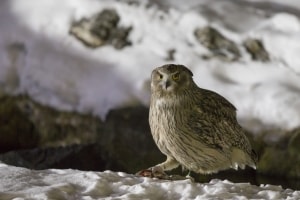
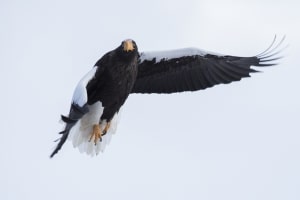
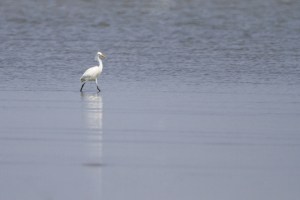

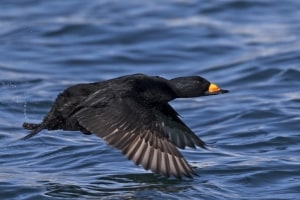
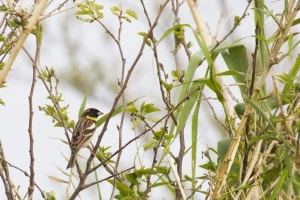
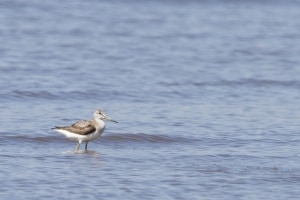
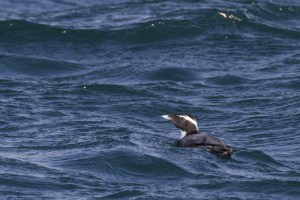
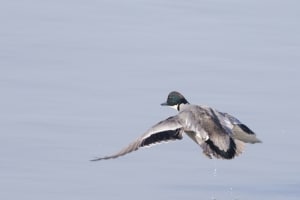
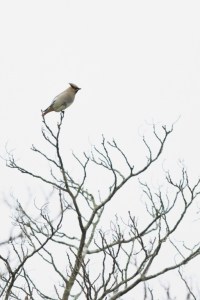

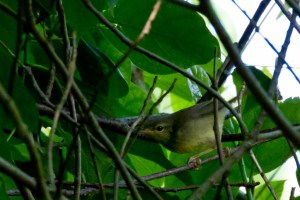
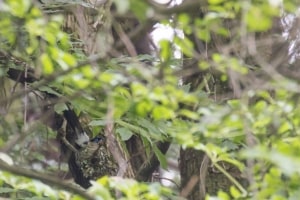
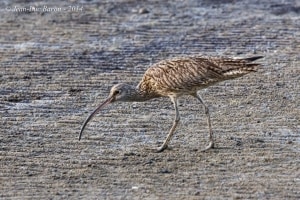

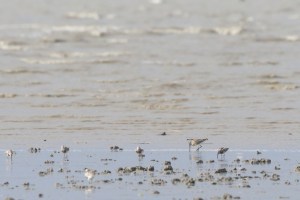
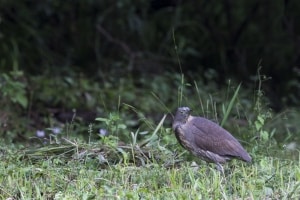
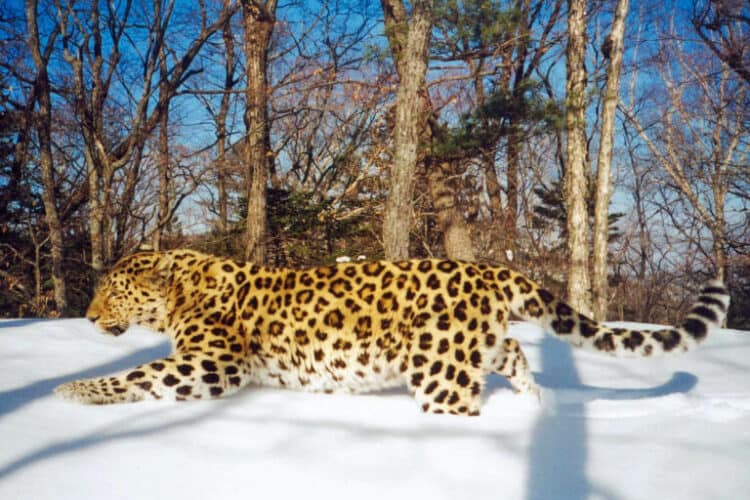
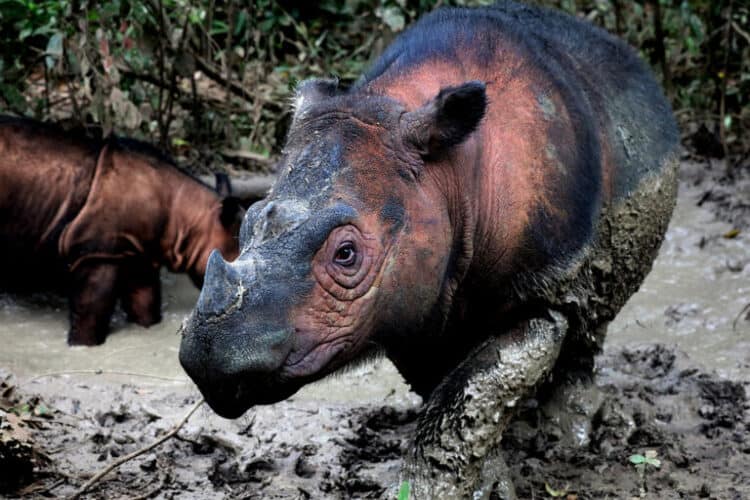
Leave a Reply